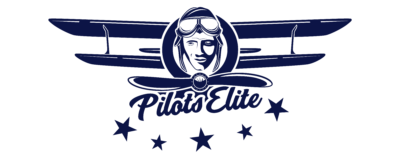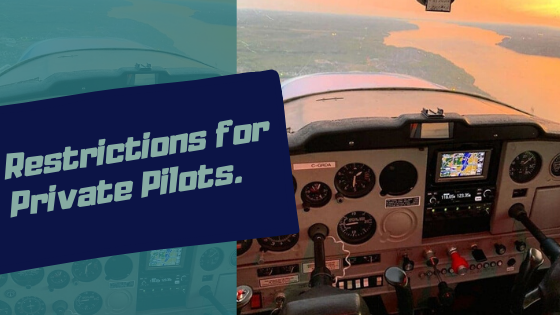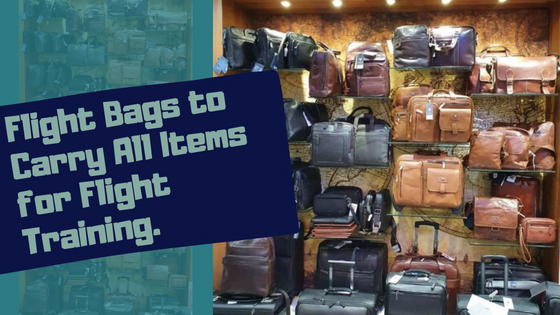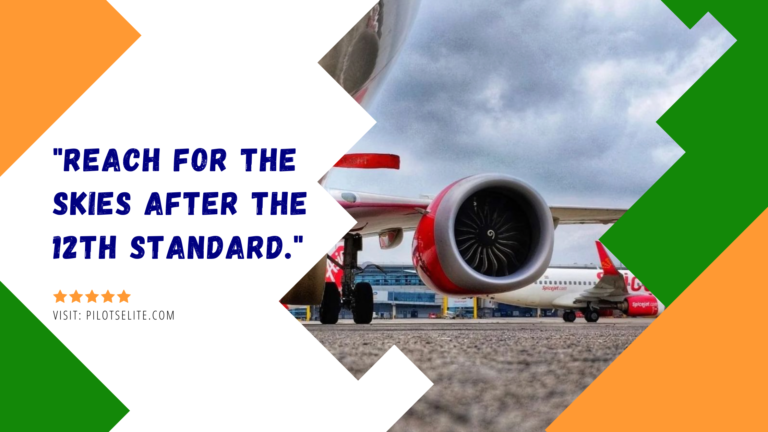What is a type rating & why is it essential to ensure flight safety?
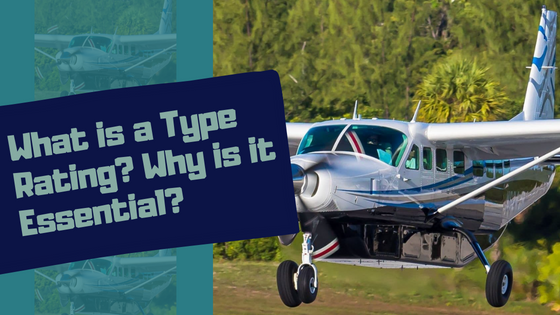
Becoming a professional pilot is a long journey where you never stop learning. Unlike the driver’s license, you may have to upgrade a pilot’s license throughout your career.
It means a pilot has to take classes and flight training every time he intends to fly a different aircraft. A type rating doesn’t take months. A pilot can get a type rating in a matter of weeks.
What is Type Rating, and what kind of aircraft requires it?
Type Rating is an add-on to your pilot’s certificate, which allows you to operate an aircraft that requires it legally.
Type Rating is specific to that particular aircraft, so the material you learn when you get a Type Rating is mostly the aircraft systems, operating procedures, and limitations.
Category, Class, and Type Rating are the basic three things on which the respective Civil Aviation Body issues a pilot certificate.
Not every aircraft requires a Type Rating.
You have to be licensed in all three of these to fly some particular aircraft, while you might only need the right Category and Class Ratings in others.
Generally, it would be best to have a Type Rating to operate large aircraft or turbojet-powered airplanes. The FAA defines a large plane weighing more than 12,500 pounds.
Why is Type Rating needed?
Modern planes are so complex and fast-moving that Type Ratings are necessary.
A pilot must get comprehensive training on Turbine Aircraft to operate safely because the crew needs to have the systems and the procedures committed to memory.
Type Ratings are also necessary to teach pilots about any particular airplane’s peculiarities and how to address them during an adverse situation.
A pilot cannot fumble around and learn things while they fly.
Radical things may happen at any phase during a flight. Though a pilot must prevent any distress, an emergency may occur, and incidents are uncertain. Thus, searching for items at a crucial time like this may lead to a disaster.
Hence, a type rating is essential to prevent fatalities.
Type Rating provides training and hands-on experience for the pilots with the exact aircraft they will be flying.
First, there is a ground school component, so you must learn the plane and its systems. Then there is a flying component, usually done in a full-motion simulator, with the training in all normal, abnormal, and emergency procedures.
After the pilot passes their check ride successfully, he receives a type rating certificate.
How many Type Ratings can a pilot have?
A pilot is not obligated to have a limited number of type ratings. You can fly as many different aircraft as you want if you get a type rating on each airplane.
As pilots’ careers progress, they will likely get and use a Type Rating for a few years before shifting on to another.
Some pilots fly only a few different aircraft throughout their careers, while others make many changes. So the number of Type Ratings that pilots collect is kind of a snapshot into what their flying career has entailed.
Image Source: avioesonline via Instagram.
